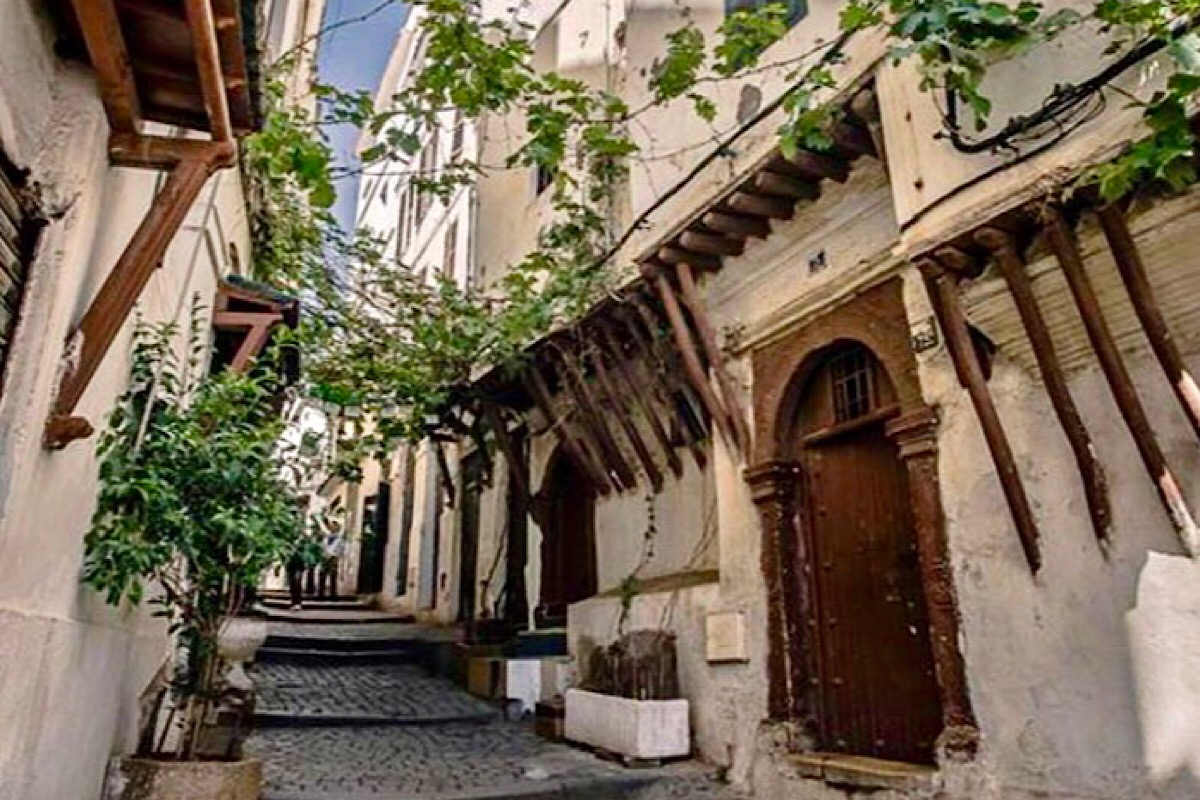The Kasbah of Algiers, commonly known as the Kasbah (Arabic: القصبة, Al-qaṣabah, “the citadel”), corresponds to the old city or medina of Algiers, capital of Algeria, of which it forms a historic district. UNESCO World Heritage since 1992. Administratively, it is located in the town of Casbah, in the wilaya of Algiers. Its history goes back to antiquity, where it is first a port Punic, then Berber and finally Roman. Founded in the 10th century by the Berbers under the Zirid dynasty, it is then enriched by the contributions of other Berber dynasties that successively dominate the central Maghreb. It reached its peak during the period of the regency of Algiers, of which it is the seat of political power. Colonized by the French in 1830, it is gradually marginalized because power centers are moved to the new city. It played a central role during the Algerian war, serving as a stronghold for the FLN independence movement. At the independence of the country, in 1962, it does not find its central role and becomes a marginalized space of the city. An example of Islamic architecture and urban planning of the Arab-Berber medinas, it is also a symbol of culture. Algerian, an object of artistic inspiration and the seat of ancestral craftsmanship. It is threatened by the lack of maintenance and interest of its inhabitants and the administration, despite its classification by Unesco. Local actors are fighting to support their tangible and intangible heritage.



